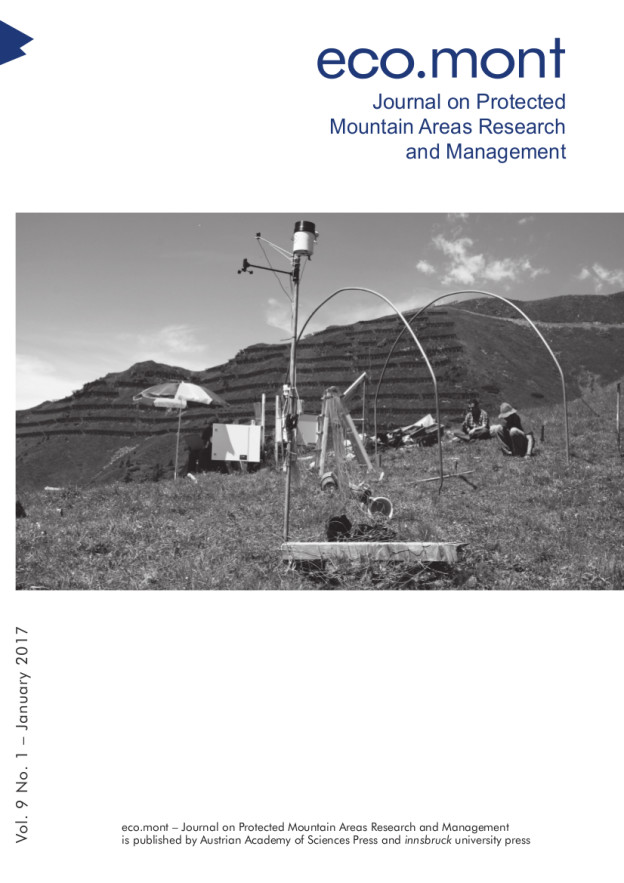
Ricerca & Innovazione > Contributi Scientifici
Giupponi L., Bischetti G.B., Giorgi A.
This study examined the vegetation composition of five sites of the Southern Alps (Val Camonica, Italy) where a commercial seed mixture had been used to restore vegetation at the end of soil stabilization works. The five sites are located in two protected areas of the Alps (the Parco dell’Adamello and the Riserva Naturale delle Valli di Sant’Antonio), and represent a chronosequence of year of sowing. We used a set of floristic-vegetational indices (index of maturity, indices of the life forms, and Landolt ecological indices) to analyse the characteristics of the vegetation of the five sites and to find a model that would allow an estimation of forest reconstitution time. From data analysis we found that, in areas which have had more recovery time, the sown heliophilous species and the ruderal herbaceous species decrease, while shrubs, trees and typical species of mature forests increase. The values of the index of maturity also increase according to time elapsed after sowing; the relationship that, in the present case, links the index of maturity to time was expressed formulaically. This model provided an estimation of the time required for the reconstitution of the forest community which, in this case, was about twenty years. This research, prompted by a request from the managing institutions of the two protected areas for a botanical investigation into the outcome of using the seed mixture, provided information that will enable them to assess whether to use the mixture in future environmental restoration work in the same areas.
